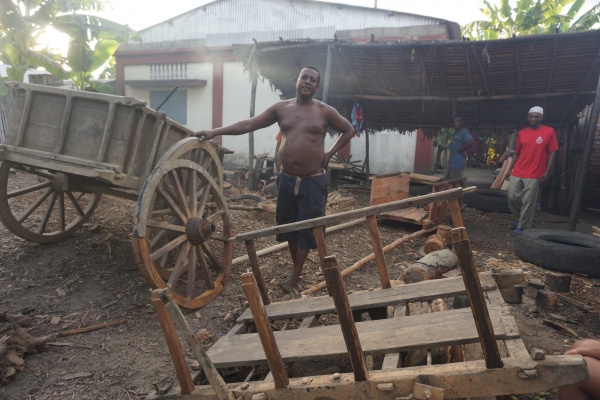Difference between revisions of "Zebu cart"
CampMaster (talk | contribs) (Tags: Mobile edit, Mobile web edit) |
CampMaster (talk | contribs) (Tags: Mobile edit, Mobile web edit) |
||
| Line 1: | Line 1: | ||
'''It's sunrise in Sambirano and the view from the bridge in Ambanja is stunning. The valley towards the southeast and the island of Nosy Komba to the northwest. A small traffic jam is forming on the narrow bridge, mostly made up of zebu carts rather than cars.''' | '''It's sunrise in Sambirano and the view from the bridge in Ambanja is stunning. The valley towards the southeast and the island of Nosy Komba to the northwest. A small traffic jam is forming on the narrow bridge, mostly made up of zebu carts rather than cars.''' | ||
| − | |||
| − | |||
| − | |||
| − | |||
| − | |||
| − | |||
| − | |||
| − | |||
| − | |||
| − | |||
| − | |||
| − | |||
{| class="imageTable" | {| class="imageTable" | ||
| Line 86: | Line 74: | ||
|} | |} | ||
| − | Thanks to the countless Malagasy farmers | + | Thanks to the countless Malagasy farmers who contribute more than their fair share in preserving the environment by their traditional and eco-friendly mode of transportation. |
== Additional information == | == Additional information == | ||
Revision as of 18:28, 19 August 2024
It's sunrise in Sambirano and the view from the bridge in Ambanja is stunning. The valley towards the southeast and the island of Nosy Komba to the northwest. A small traffic jam is forming on the narrow bridge, mostly made up of zebu carts rather than cars.
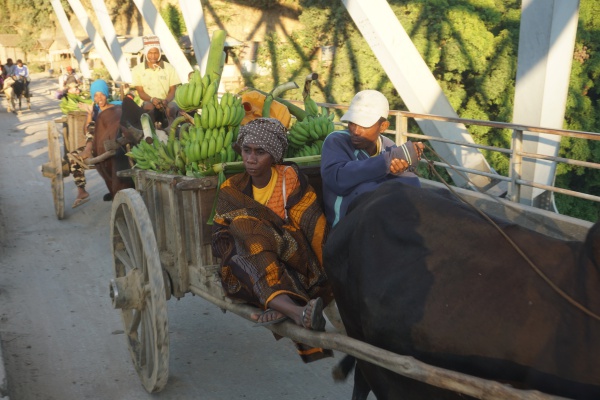
| ||
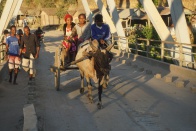
|
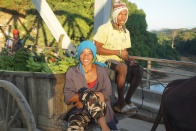
|
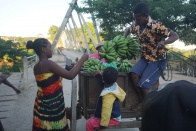
|

|
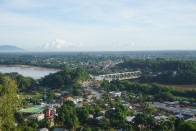
|

|
These ox-powered carts are filled with crops brought in from the countryside by farmers who have been on the move since before dawn. They are heading into town to sell their goods at the bustling fruits and vegetables markets.
Zebu carts, known as Charrettes à zébu, are common in and around Ambanja and across much of the country. These charrettes remain as practical and relevant among farmers today as they have for hundreds of years.
Dozens of workshops produce charrettes in Ambanja. One of them is led by Mr Theodore, who, along with his team of six skilled carpenters, manually assembles around 50 charrettes per year without using electrical power tools.
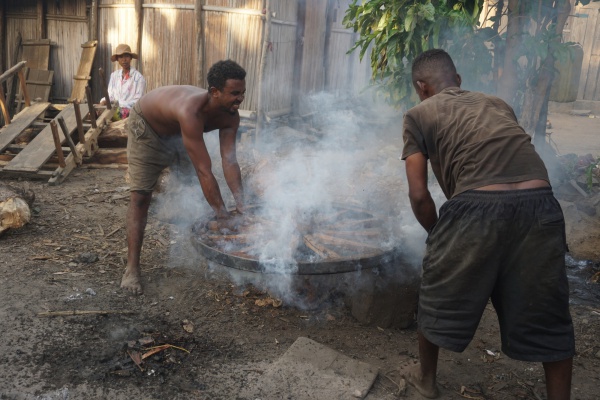
| ||
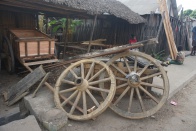
|
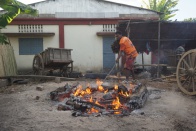
|
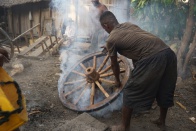
|

|
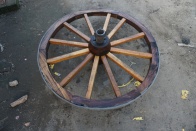
|
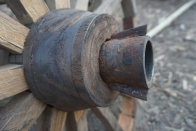
|
The design and model are always the same: A simple two-wheeler that easily attaches to one or more zebus. A charrette takes about one week to build and costs 1,800,000 Ariary (USD 400).
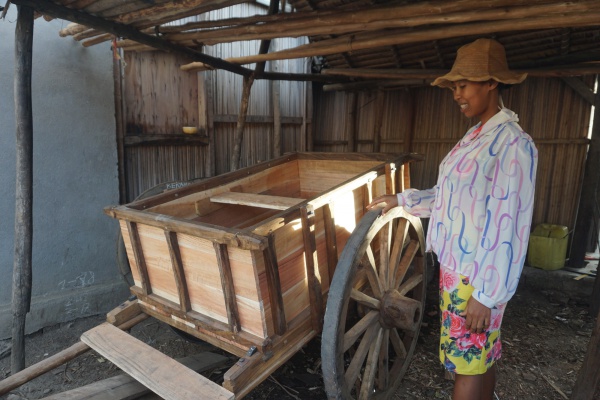
| ||
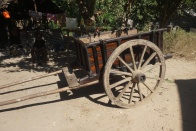
|
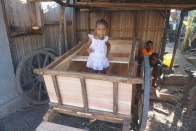
|
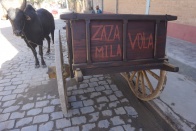
|
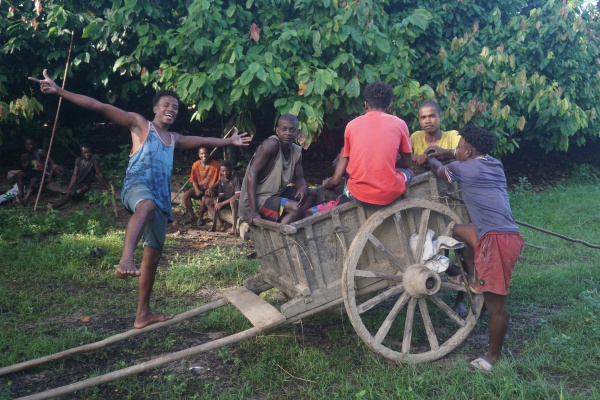
| ||
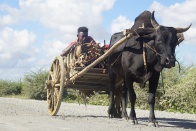
|
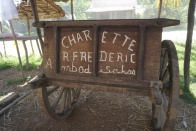
|
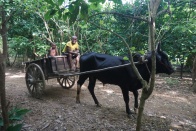
|
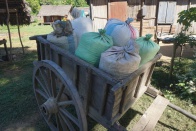
|

|
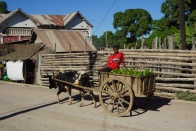
|
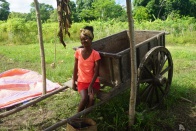
|
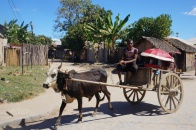
|
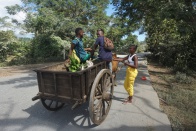
|

| ||
Thanks to the countless Malagasy farmers who contribute more than their fair share in preserving the environment by their traditional and eco-friendly mode of transportation.
Additional information
View more Zebu cart photos

